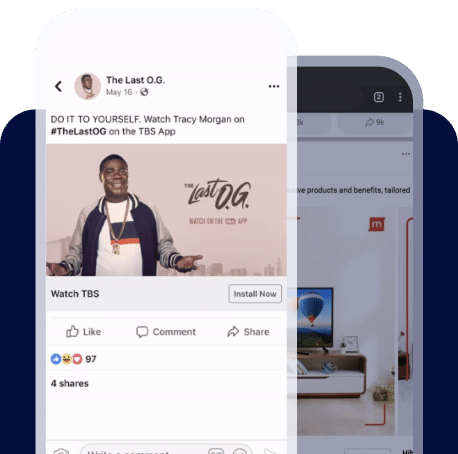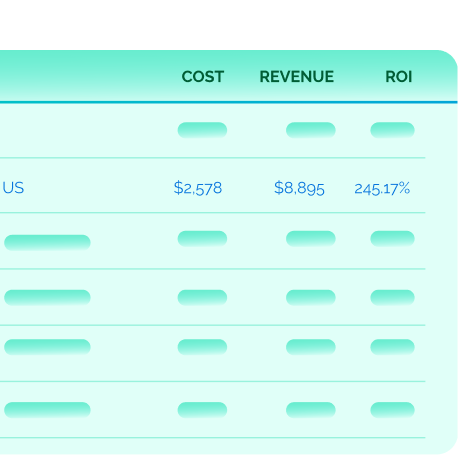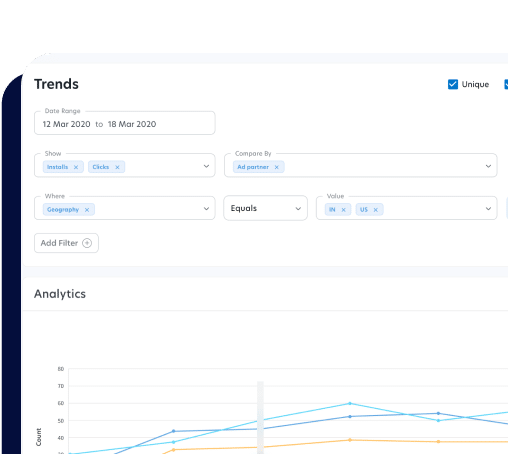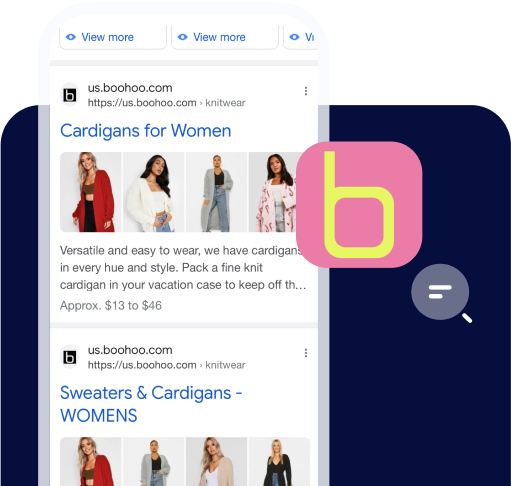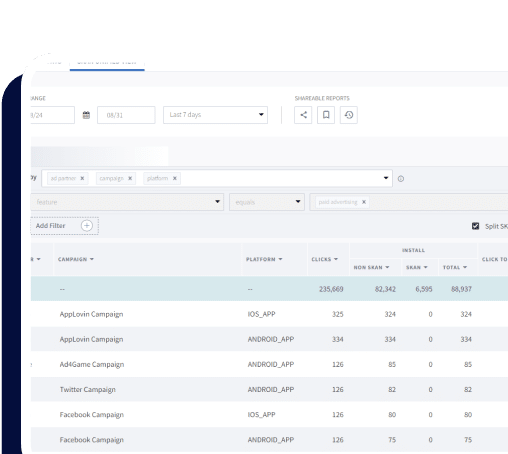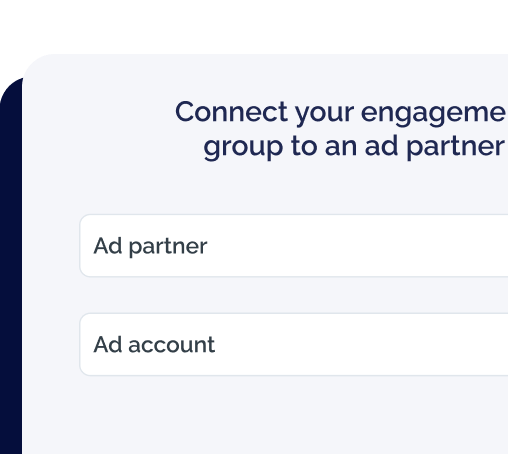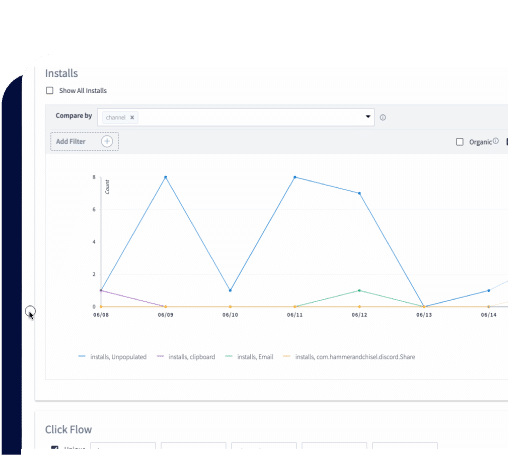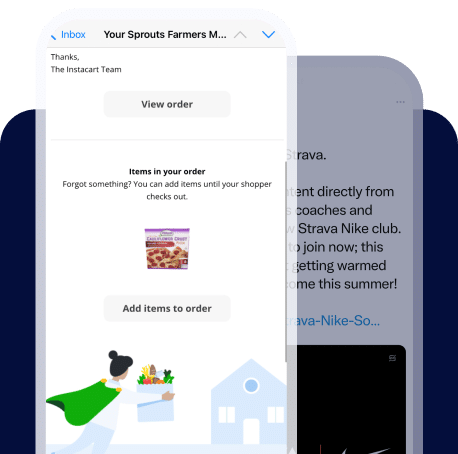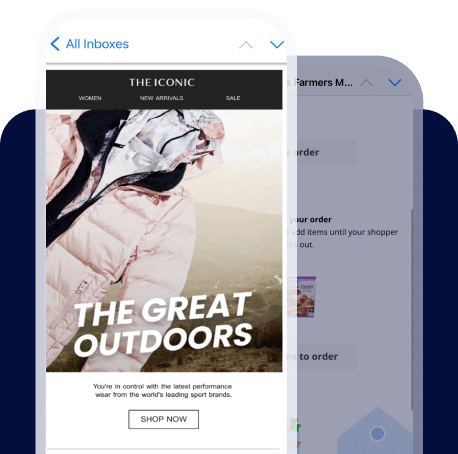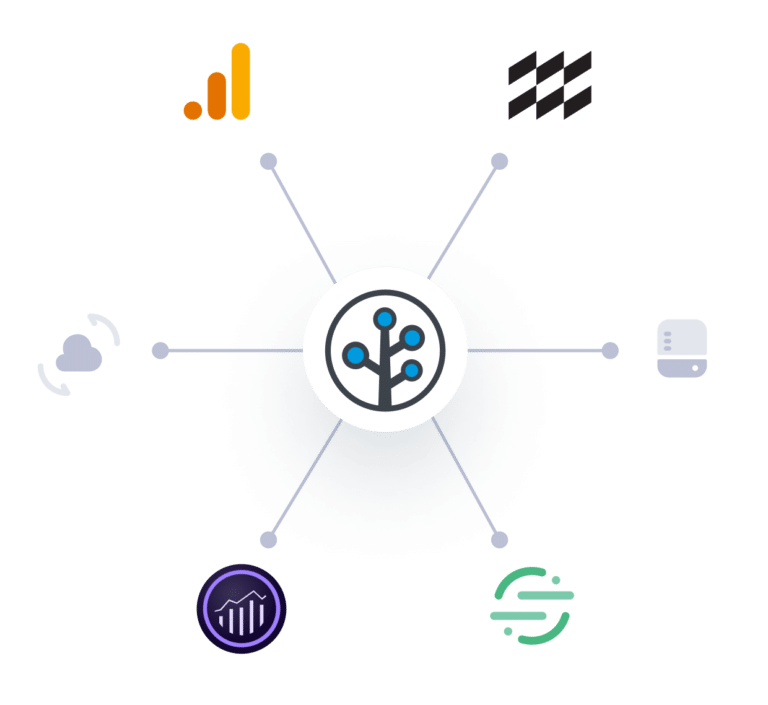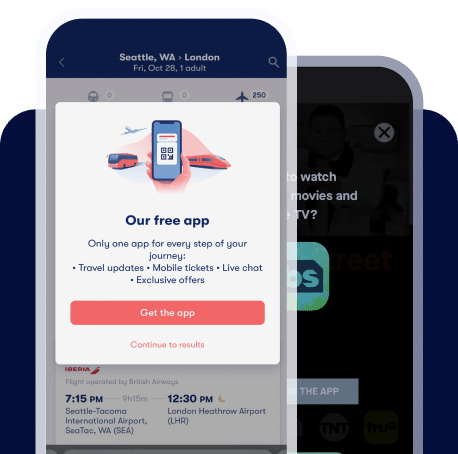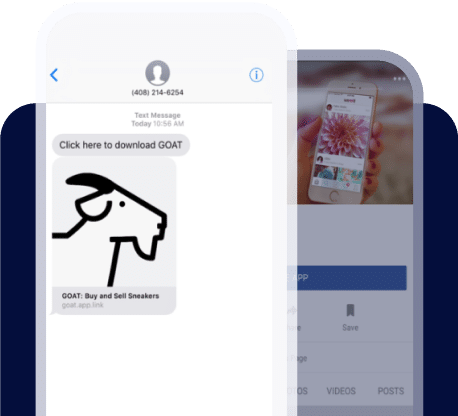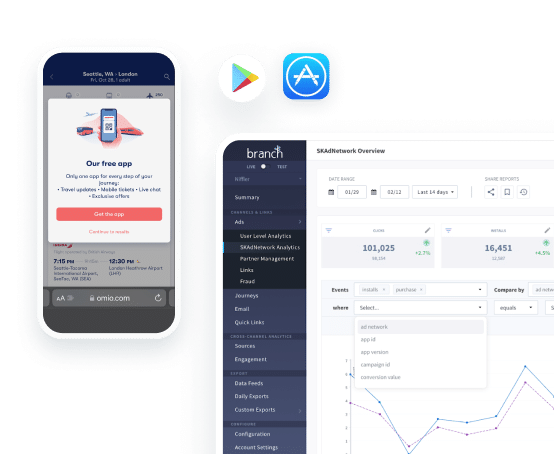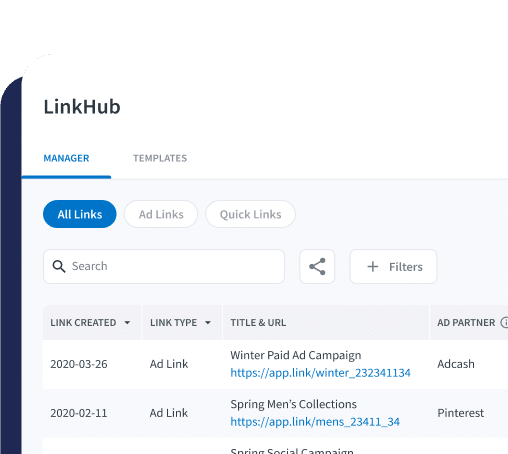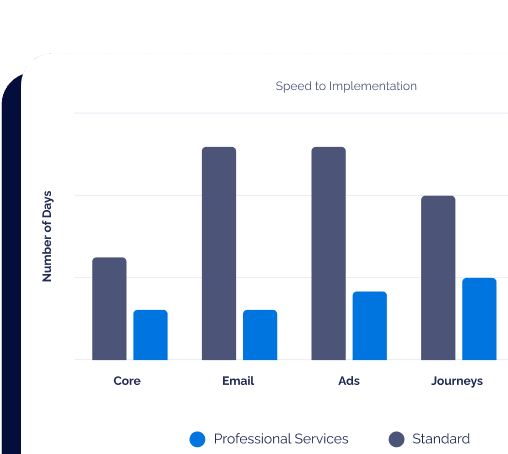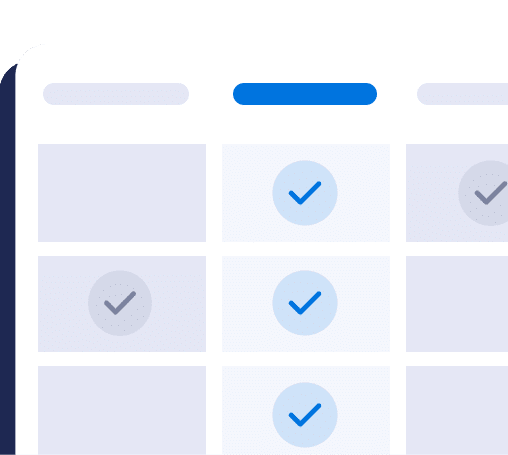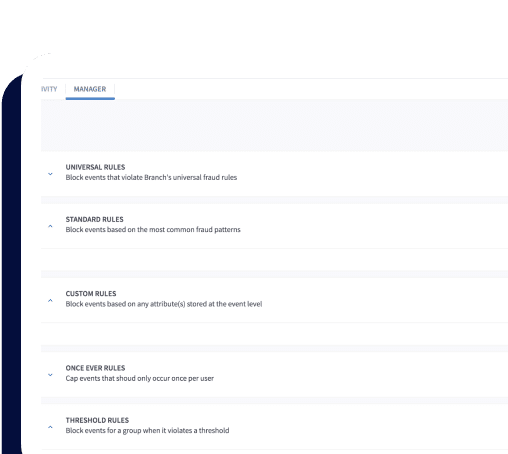What is view-through attribution?
View-through attribution, also called as impression tracking or VTA, is used to attribute conversions such as app installs and tie them back to individual impressions. The core idea is to bridge the gap between when a user sees an ad and installs an application. So, even though a user might not have clicked on an ad, marketers could credit a specific ad campaign with a conversion.
While click-through attribution ties conversion events back to individual link-clicks, view-through attribution takes this one step further and ties conversion events back to individual impressions.
For example, suppose you’re browsing Facebook, and you see an advertisement for a new game. You close Facebook, and then later on decide to download the game. If the advertiser were using only click-through attribution, your game download would be unattributed — sometimes labeled “direct,” “unknown,” or “organic.” But the truth of the matter is that you might have been influenced simply by seeing the ad on Facebook, even if you didn’t actually click on that ad. With view-through attribution, Facebook would record that you saw their ad prior to downloading the game, giving the advertiser a much better sense for which ad actually motivated you to download.
On mobile, certain large ad networks — among them, Facebook, Google, Pinterest, Twitter, and TikTok — allow for view-through attribution. These networks provide view-through attribution data only to specific attribution partners who they’ve vetted. An example of this type of partnership is Facebook’s MMP program; companies that have Facebook’s MMP designation (including Branch) have access to a special Facebook API, and can surface view-through attribution for the advertiser. These other large ad networks have their own special partner designations.

